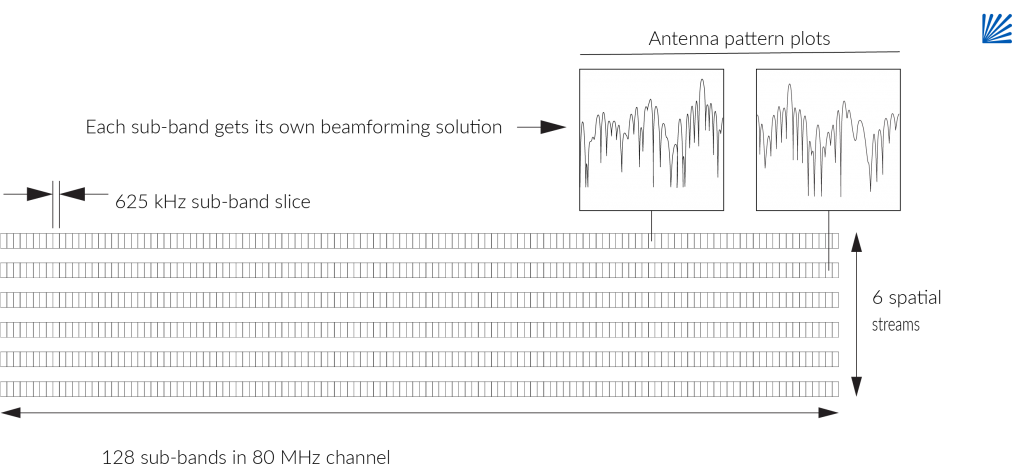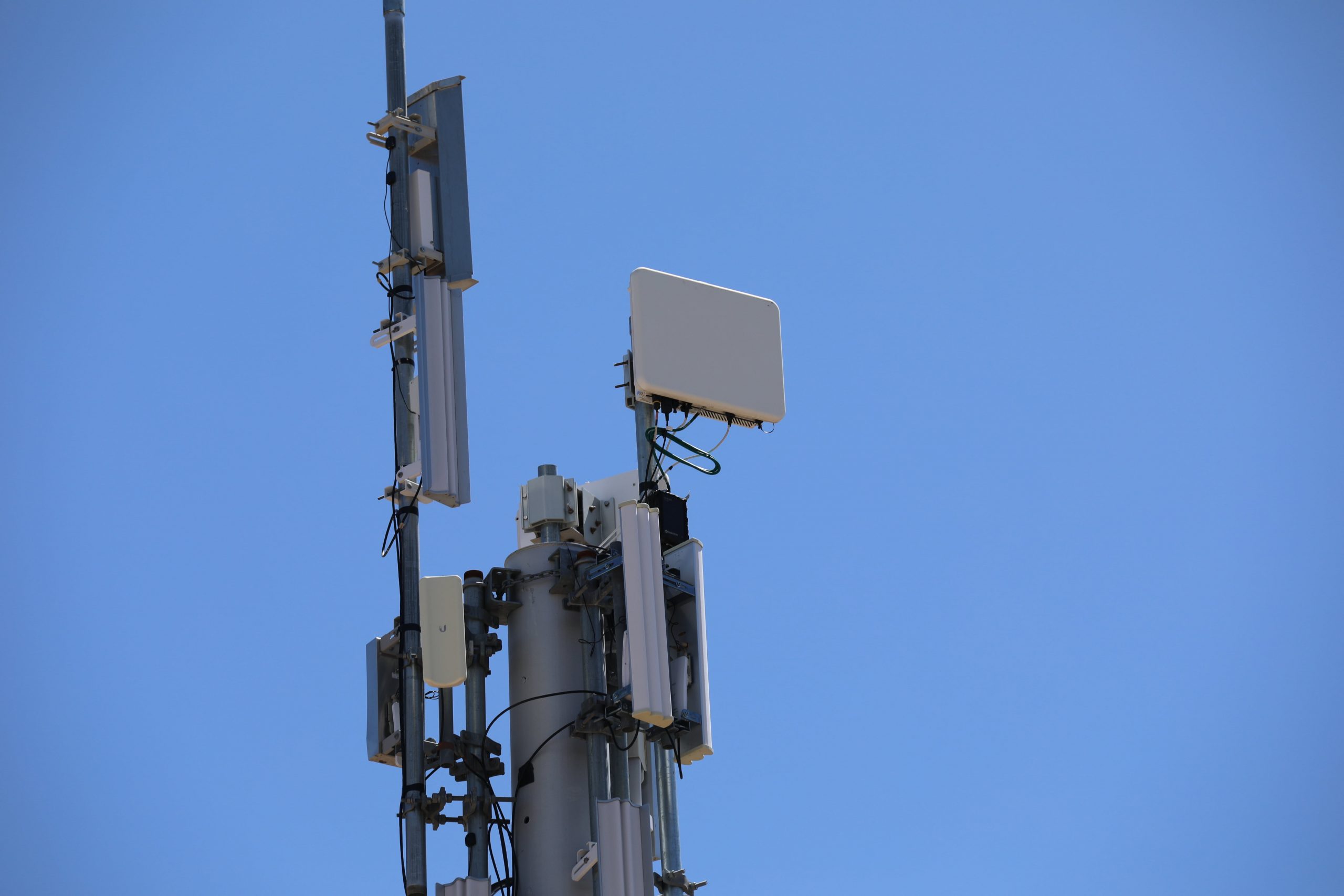This is the third of a series of blogs taking a closer look at what is required by next-generation fixed wireless platforms to deliver the outstanding results typical of this category. For a more comprehensive discussion of all aspects of ngFWA design, download the ngFWA Technology Primer.
A key part of ngFWA is the ability to support higher capacity links. In our last blog, we explained how MIMO and spatial multiplexing works and how it benefits a fixed-wireless application. In this blog, we take this a step further and look at multi-user MIMO and the benefits of a unique Tarana technology, multi-user distributed massive MIMO, in particular when combined with G1’s 4D scheduler.
Multi-User MIMO (MU-MIMO)
Until now, we have used MIMO in the context of one or more streams of data to a single user (node) scheduled over time, frequency, and space. This is referred to, more explicitly, as SU-MIMO. Multi-user MIMO (MU-MIMO) also supports multiple spatial streams and does so for multiple remote nodes simultaneously.
The G1 approach takes these even further by applying MU-MIMO in a distributed massive MIMO implementation that takes advantage of many radio resources at both ends of the link across multiple users. We call this multi-user distributed massive MIMO (MU-DMM)
The high aggregate capacity demands of FWA, with many subscribers downloading gigabytes of data, requires MU-DMM to achieve the kind of gains necessary for efficient operation. G1 supports up to 6 independent spatial planes per base node operating in combination with spatial multiplexing. Spatial planes can be allocated as needed among multiple remote nodes. These resources are allocated as determined by G1’s 4D scheduler.
The 4D scheduler operates in the four dimensions of time, frequency, space, and MIMO rank with up to 128 sub-bands, each 625 kHz wide, that can be allocated per remote node across 80 MHz of bandwidth. When taken in conjunction with 6 spatial planes, the scheduler has 768 allocation units it can assign for any given frame at transmission.
NOTE: MIMO rank refers to how many spatial planes are allocated to a device. Usually there are two planes (MIMO rank = 2), but if the conditions are sufficiently adverse, then only one plane is possible (MIMO rank = 1).
Because channel characteristics — such as interference sources and multipath effects — vary by frequency, G1 further enhances precision by calculating transmit and receive beamforming solutions independently for each of the 128 sub-bands.
Figure 2 below illustrates how the 4D scheduler allocates resources on a per-base node basis.

This level of granularity is possible only with the very precise digital beamforming that’s a hallmark of G1. Based on the accuracy of the channel information, beams can be created with greater gain and deeper RF nulls. All of this improves SINR, spectral efficiency, peak rate, and capacity.
Multi-user distributed massive MIMO is designed to deliver the highest capacity to the most users simultaneously. Only Tarana’s G1 takes advantage of this concept to offer unrivaled performance in next-generation fixed wireless.
If you just can’t wait to learn more, check out our other blogs or some of our favorite customer links. Or reach out to us at info@taranawireless.com. We’d love to hear from you.


